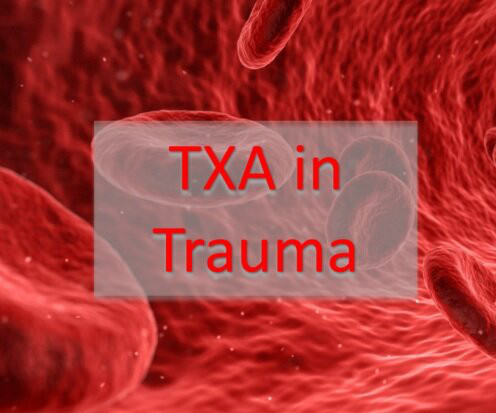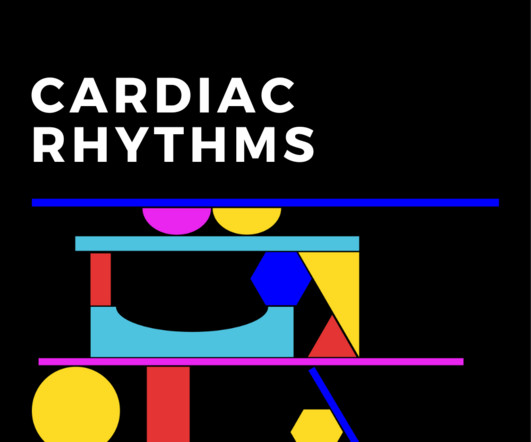Medical Malpractice Insights: Brain Abscess
EMDocs
MAY 9, 2024
The triage nurse records the event as a “seizure” lasting 7 minutes. Exam documents that he is alert and oriented but “tired appearing” and “not appearing post-ictal.” ” Sixteen hours later the patient returns comatose after a grand mal seizure at home. Plaintiff : You never acknowledged the alleged “7 minute” seizure.























Let's personalize your content